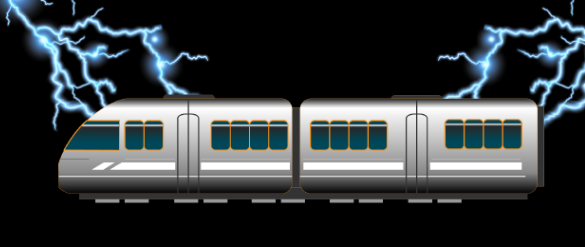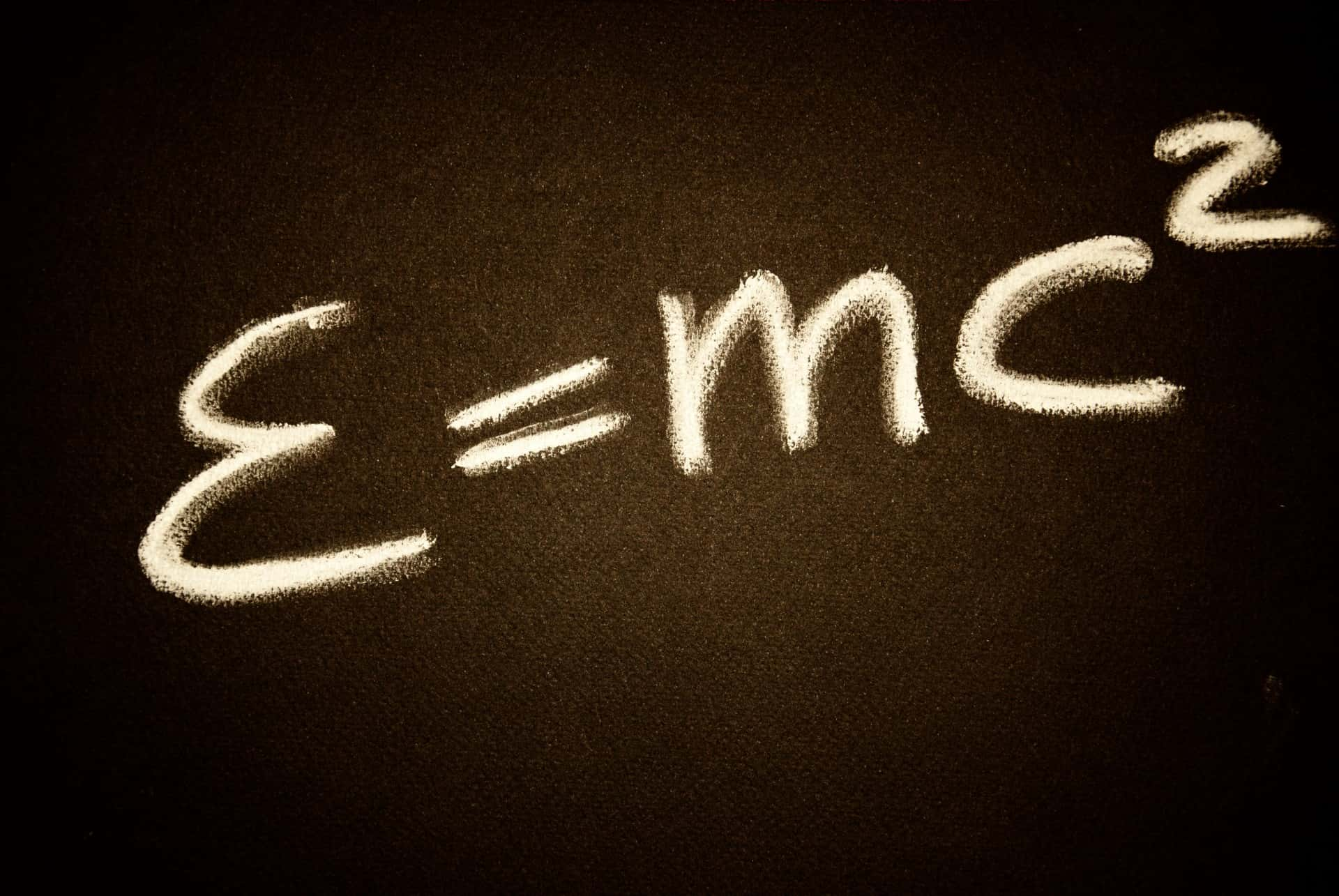Special relativity is part of Albert Einstein’s great scientific work. It explains the relationship between space and time of objects and changes our view of everything around us. Let’s simplify this complicated theory!
Axioms
Special relativity is built on two axioms:
- The laws of physics are the same in all reference frames moving without acceleration or inertial frames.
- The speed of light in a vacuum is constant and does not depend on the relative motion of the light source.
From the above axioms, Einstein deduced many very interesting consequences that are useful for the development of science today.
Time is relative
He said that the passage of time for each person is different depending on their movements. If you move very fast time will pass slowly for you and if you reach the speed of light time will stand still.
The cause of this effect is Einstein’s new perception of space and time. He suggested that the three-dimensional space in which we live and time intertwine and create a four-dimensional body called space-time.
Something that’s stationary in three dimensions relative to you isn’t actually stationary, it’s moving in time. As soon as an object begins to move in three-dimensional space, part of its velocity in the time dimension is used to slow down time. If the movement is faster, the more part of the velocity in the time dimension is used, making the time pass more slowly.
The relativity of simultaneity
Another very brain-damaging consequence of special relativity is “The relativity of simultaneity”: Two events that occur simultaneously with one person can happen at two different times to the other. but if asked, the two people’s answers about the event are correct.
To illustrate, Einstein used a thought experiment like this: You sit at a train station and watch a train go by. Right at the center of the train passing you, two bolts of lightning hit both ends of the train. You will conclude that two lightning bolts hit the train at the same time. But for a person sitting between the locomotive and the train moving forward, he or she will feel the lightning that strikes the front of the train to strike first and the lightning that hits the rear to strike later. An event occurs at the same time relative to your observation position.
Mass-energy equivalence
Finally, the most famous consequence of the special theory of relativity that everyone has heard of is the “mass-energy equivalence”. Einstein thought that even a small object can carry an extremely large latent mass calculated by the formula E = mc² where E is the energy (J), m is the mass of the object at rest ( kg) and c is the speed of light in a vacuum.
There is a factor that has been omitted, which is the Lorentz coefficient multiplied by the relative mass of the mass as it moves. At rest, the Lorentz coefficient is equal to 1, but when an object moves close to the speed of light, the Lorentz coefficient also approaches infinity, which means their energy also approaches infinity. the other way is that you need to provide an infinite source of energy for an object with mass to reach the speed of light, or in short, an object with mass cannot reach the speed of light.


